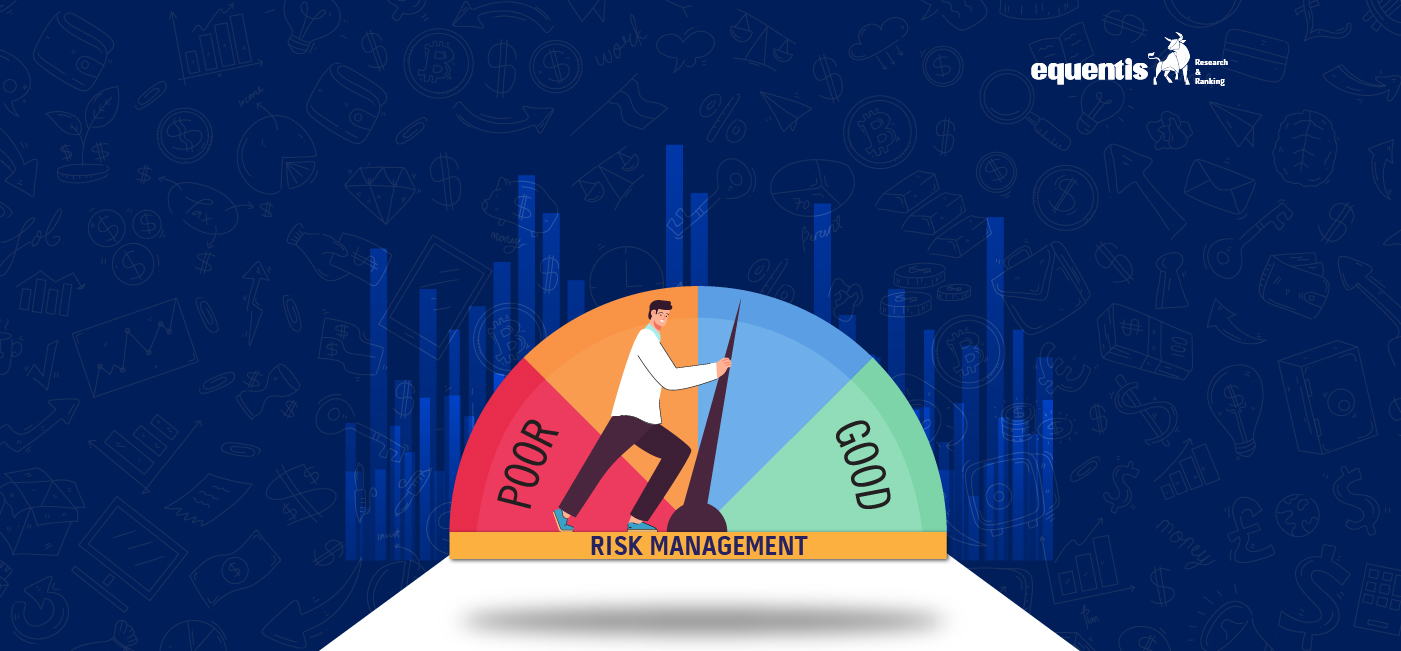1) They are granular retail health insurer with a focus on delivering robust GWP growth, capital efficiency and profitability. According to the Redseer Report, Niva Bupa is the third largest and the second fastest growing SAHI in India based on overall health GDPI in Fiscal 2024, with a CAGR of 41.37% from Fiscal 2022 to Fiscal 2024. It has demonstrated one of the highest improvements in Expense Ratio for the health segment from Fiscal 2022 to Fiscal 2024, as compared to its private health insurance and public insurer peers.
2) They have Bupa parentage and a brand associated with health insurance and healthcare. Niva Bupa is able to leverage Bupa’s experience in providing healthcare benefits to customers globally in its efforts to innovate new products. Bupa has provided Niva Bupa with guidance in its business processes, through its experience in seeking to institute best international practices. It has developed a customer listening program based on Bupa's customer listening application, where each customer is surveyed about their experience after each service interaction, which helps identify key areas for improvement and put initiatives in place.
3) They have Multi-Channel Diversified Pan-India Distribution, with Technology-Led Empowerment of Distribution Partners. It has a diversified channel mix with Corporate Agents (Banks and others), Individual Agents, and broker channels contributing 27.25%, 32.07% and 27.04% respectively of their business by GDPI for Fiscal 2024. According to the Redseer Report, the average ticket size per policy sold through Niva Bupa’s agency channel (individual agents) is the highest among SAHI peers, at ₹22,895.43 per policy for Fiscal 2023 and the second highest at ₹25,028.35 per policy for Fiscal 2024, signifying an enhanced ability of its agency channel to capture the mass affluent customer segment.
4) They have a Customer centric proposition driving customer experience and retention. Niva Bupa has demonstrated a track record of product innovation, launching products with “industry first” features. It has developed a customer LTV-based approach towards new product creation, which leverages data analytics to determine LTV based on customer profile, claims experience, loss ratio assumptions, inflation, acquisition cost and risk perception.

















 The Phoenix Mills Ltd. (PDF)
The Phoenix Mills Ltd. (PDF) Current IPOs
Current IPOs Upcoming IPOs
Upcoming IPOs Listed IPOs
Listed IPOs Adani Ports and SEZ
Adani Ports and SEZ Asian Paints
Asian Paints Bajaj Finserv Ltd
Bajaj Finserv Ltd Bharti Airtel
Bharti Airtel ICICI Bank
ICICI Bank


 Niva Bupa Health Insurance Ltd.
Niva Bupa Health Insurance Ltd.




